In the ever-evolving world of B2B sales, understanding and leveraging sales triggers has emerged as a pivotal factor in enhancing the efficiency and effectiveness of one’s marketing strategies. These sales triggers – the vital events or changes occurring within a company or its environment – serve as crucial indicators of potential readiness for new purchases or shifts in purchase decisions. Recognizing these triggers is paramount, as it enables businesses to identify novel funding opportunities, tailor personalization efforts with laser-like precision, and optimize market segmentation to better align with the ever-evolving customer journey.
Being adept at spotting these moments of opportunity can provide a distinct competitive advantage, empowering businesses to respond proactively to the ebb and flow of market opportunities and customer behaviour changes. This blog delves deep into the essential sales triggers every forward-thinking B2B marketer should have. Elucidating why their identification is so pivotal lays the groundwork for facilitating successful prospecting and lead-generation initiatives that can move the needle.

Understanding Buying Triggers
Definition of Buying Triggers
Buying triggers are significant events or organizational changes within a company that suggest purchase readiness. These triggers are crucial as they reveal the moments when a prospect might be more receptive to a sales approach. Examples include company changes such as funding rounds, mergers and acquisitions or industry shifts like new regulations or technological innovations. Personal-level triggers, such as new job changes or promotions within a key person’s network, can indicate potential new business opportunities.
Types of Buying Triggers
Buying triggers in B2B contexts can be categorized into emotional and situational types. Emotional triggers involve the buyer’s feelings and perceptions, significantly influencing their decision-making process. For instance, a B2B purchaser is nearly 50% more likely to buy when they perceive personal value or gain in their choice and are eight times more likely to pay a premium if they feel a strong emotional connection to the offering. Key emotional triggers include fear, such as the fear of missing out (FOMO) or the fear associated with avoiding adverse outcomes, and desire, which involves the strong inclination to acquire a product or service that addresses a pressing need.
Situational triggers, on the other hand, are influenced by specific circumstances or changes within the company or the market. These can include new funding, sector announcements, or changes in legislation which might necessitate new solutions that a company must adopt. For example, new C-suite executives might look for changes to assert their impact, signalling a readiness to adopt new technologies or methodologies. Similarly, major industry developments or company expansions can create ripe scenarios for B2B marketers to introduce solutions.
Understanding these triggers helps B2B marketers tailor their messages and strategies effectively, enhancing the chances of engaging the prospect at the right moment with the right solution.

Importance of Identifying Buying Triggers in B2B
Identifying buying triggers in the B2B sector is crucial as it allows marketers and sales teams to pinpoint the moments when potential customers are most likely to purchase. This understanding enhances the effectiveness of marketing strategies and aligns sales efforts with the buyer’s journey, increasing the likelihood of conversion.
Impact on Marketing Strategies
Buying triggers provide invaluable insights into a prospect’s thought process and buying behaviour, enabling B2B marketers to tailor their content and messaging precisely. For instance, Account-Based Marketing (ABM) efforts become significantly more effective when aligned with specific buying triggers, such as industry changes or executive movements within the target company. This strategic alignment ensures that marketing messages are timely and relevant, enhancing the prospect’s decision-making process.
Examples of Successful Implementation
One successful implementation of buying trigger identification is personalized outreach and engagement. By leveraging marketing automation tools, companies can send targeted emails based on specific buying signals, such as a prospect downloading a white paper or showing interest in a particular service. This approach boosts engagement rates and ensures that the communication is highly relevant to the prospect’s current needs.
Furthermore, tailored content marketing campaigns are another example where buying triggers play a pivotal role. Marketers can quickly create and distribute content addressing these new challenges upon identifying a trigger, such as a new regulation or competitor announcement. This responsiveness positions the company as a thought leader and a proactive solution provider, ready to assist prospects in navigating their current challenges.
In summary, effectively identifying and responding to buying triggers in the B2B landscape is a powerful tool. It optimises marketing efforts and ensures that sales teams are focusing their energies on prospects who are most ready to engage, thereby maximizing the return on investment and securing a competitive edge in the marketplace.

Common Buying Triggers in B2B
Company Expansions and Mergers
Company expansions and mergers are pivotal events that create numerous B2B lead generation opportunities. When companies undergo mergers, acquisitions, or expansions, they often require new vendors and solutions to optimize operations and integrate systems. This restructuring phase is a critical time for B2B marketers to propose services that align with the organisation’s evolving needs. Additionally, such changes may increase revenue, giving these companies the financial flexibility to invest in new technologies and services.
New Product Launches
Introducing a new product or service in the market significantly triggers buying behaviour. This event generates excitement and anticipation among potential customers and prompts competitors to adjust their strategies, thereby influencing the market dynamics. B2B companies can capitalize on this opportunity by aligning their offerings with emerging needs and positioning themselves as essential partners in adopting new technologies and innovations.
Hiring New Personnel
Changes in a company’s hiring strategy often indicate its growth and transformation. Recruiting new executives, particularly at the C-suite level, can signal a readiness to adopt new strategies and technologies. These personnel often have the authority and motivation to implement significant changes to make a marked impact early in their tenure. Recognizing these shifts enables B2B marketers to tailor their outreach efforts, ensuring that their solutions are presented at an opportune time to meet the new executives’ goals and challenges.

How to Identify Buying Triggers
Conducting Market Research
B2B marketers should start with comprehensive market research to effectively identify buying triggers. This involves understanding the target market’s preferences, motivations, and behaviours through industry reports, competitor analysis, and focus groups. Marketers can identify common patterns and trends that signal potential buying triggers by analysing these elements. This foundational step ensures that subsequent strategies are based on solid, actionable data, enhancing the accuracy and relevance of marketing efforts.
Using Social Listening and Data Analysis
Social listening and data analysis are critical tools for identifying buying triggers. Marketers can gain insights into what motivates customers to purchase or switch from a competitor by monitoring social media channels and analysing conversations related to buying decisions. Additionally, analysing customer data such as product usage, website analytics, and email campaign performance provides a deeper understanding of customer interests and behaviour. These analyses help pinpoint when a prospect is most receptive to a sales approach, allowing for timely and personalized marketing strategies.
Customer Journey Mapping
Mapping the customer journey is an essential practice for identifying buying triggers. This process involves plotting out the stages of the customer journey, from awareness to retention, and understanding the actions, thoughts, and emotions associated with each stage. By identifying key touchpoints and decision-making stages, businesses can tailor their marketing and sales efforts to better align with the customer’s path to purchase. This method clarifies the buying process and highlights opportunities for engagement and conversion at critical points in the customer journey.

Conclusion
Throughout this exploration of essential sales triggers for B2B markets, we have highlighted the pivotal role these triggers play in enhancing the effectiveness and efficiency of marketing strategies. By understanding and responding to events such as company expansions, mergers, new personnel hiring, and product launches, marketers can significantly improve their approach to prospecting, lead generation, and customer engagement. The insights into emotional and situational buying triggers, alongside strategies for their identification, furnish sales teams with the tools necessary to align their efforts with the customer journey, thus increasing the likelihood of conversion and bolstering sales results.
Moreover, tailoring marketing messages and strategies to these triggers cannot be overstated. Doing so optimises marketing efforts and positions sales teams to seize opportunities at the most opportune moments. As we move forward, quickly and accurately identifying and acting on buying triggers will continue to be a competitive advantage in the dynamic B2B marketplace. Marketers and sales professionals alike must remain vigilant and proactive in their approach, ensuring that their actions are always informed and strategic to meet the evolving needs of their clients and the market at large.
Save your time and effort and leave lead generation to professionals. Contact us today and see how we can help to grow your business.












